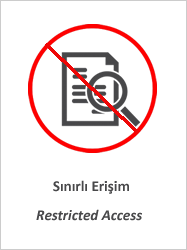BioNAS: Neural Architecture Search for Multiple Data Modalities in Biomedical Image Classification
Künye
KUŞ, Zeki, Berna KİRAZ, Musa AYDIN & Alper KİRAZ. "BioNAS: Neural Architecture Search for Multiple Data Modalities in Biomedical Image Classification". Springer, 1138 (2024): 539-550.Özet
Neural Architecture Search (NAS) for biomedical image classification
has the potential to design highly efficient and accurate networks
automatically for tasks from different modalities. This paper
presents BioNAS, a new NAS approach designed for multi-modal biomedical
image classification. Unlike other methods, BioNAS dynamically
adjusts the number of stacks, modules, and feature maps in the network
to improve both performance and complexity. The proposed approach
utilizes an opposition-based differential evolution optimization
technique to identify the optimal network structure. We have compared
our methods on two public multi-class classification datasets with different
data modalities: DermaMNIST and OrganCMNIST. BioNAS outperforms
hand-designed networks, automatic machine learning frameworks,
and most NAS studies in terms of accuracy (ACC) and area under the
curve (AUC) on the OrganCMNIST and DermaMNIST datasets. The
proposed networks significantly outperform all other methods on the
DermaMNIST dataset, achieving accuracy improvements of up to 4.4
points and AUC improvements of up to 2.6 points, and also surpass
other studies by up to 5.4 points in accuracy and 0.6 points in AUC
on OrganCMNIST. Moreover, the proposed networks have fewer parameters
than hand-designed architectures like ResNet-18 and ResNet-50.
The results indicate that BioNAS has the potential to be an effective
alternative to hand-designed networks and automatic frameworks, offering
a competitive solution in the classification of biomedical images.



















